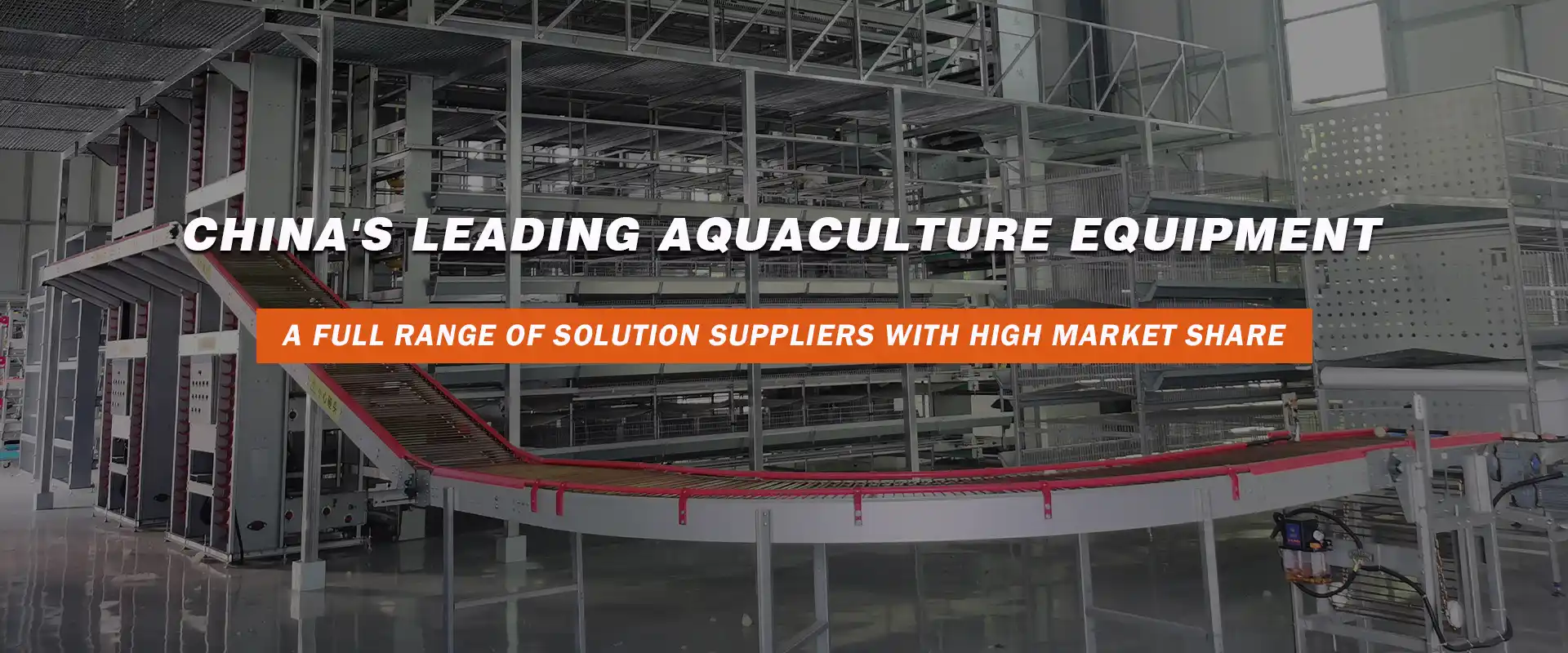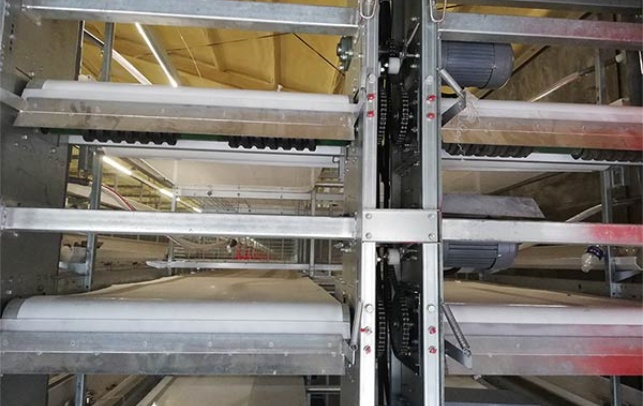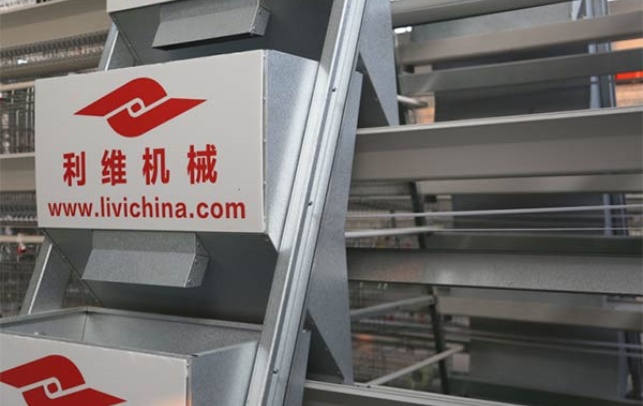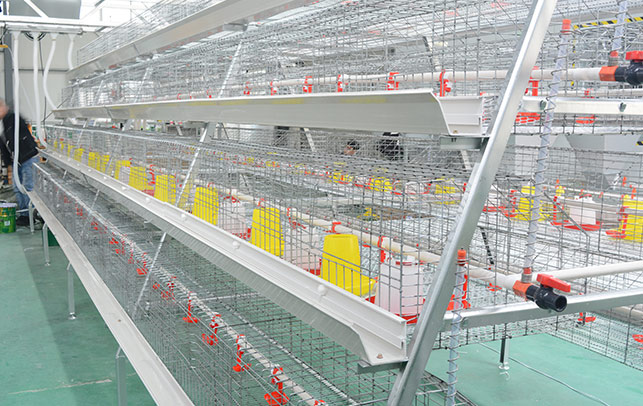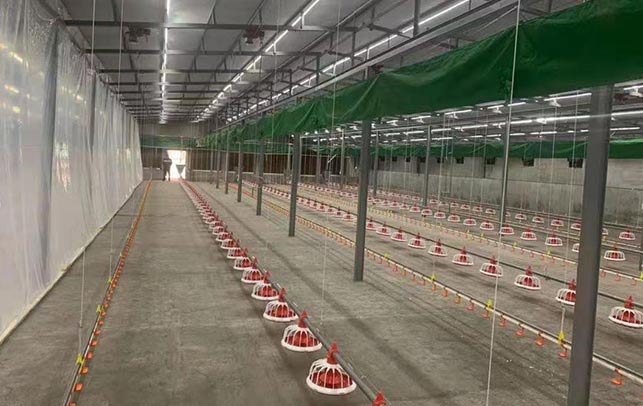Issues Should Know When Using Battery Cage For Layers?
Time : 2024-07-23
Nowadays, laying hens are typically raised in battery cages for layers, which offer a relatively healthy and safe production environment, thereby enhancing their egg-laying capacity. Cages for laying hens also help reduce the spread of disease and make management easier. However, the transfer of hens to cages must be done correctly, as improper handling can negatively affect their productivity. So, what do we need to consider when placing laying hens into cages? Let’s explore the key points together.
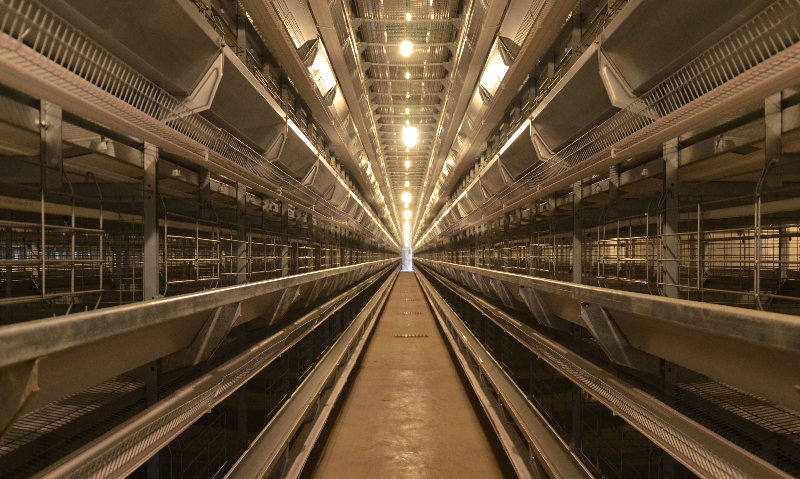
Issues When Transporting Hens Into Battery Cage For Layers
Optimal Age For Caging Layer Chickens
The suitable age for laying hens to be caged is generally between 13 and 18 weeks old. This age range can ensure that the weight of laying hens is within the normal standard and improve the egg production rate during the breeding process. It should be noted that caged chickens cannot exceed 20 weeks of age, but if the chickens grow well, they can continue to be caged after 60 days of age. When caged laying hens, they also need to be grouped and caged in batches according to the different growth rates of laying hens.
Facilities And Equipment
After the laying hens are caged into battery cage for layers, it is crucial to maintain their original growth environment to avoid any negative impacts on their growth and production. We need to equip the corresponding breeding equipment and install various breeding facilities before caged. In addition, it is essential to conduct thorough inspections and replacements of these facilities and equipment to avoid problems in the later breeding process.
Grouping And Put Chickens As Their Commons
The cages for laying hens must be scientific. Do not make too much noise, move gently, and do not use too much force. Do not scare the chickens, otherwise it will cause overreaction, which will have a great impact on the growth and production of laying hens. Generally, stressed chickens will have a reduced appetite and then gradually weaken, which will seriously affect the health of the chickens. The chickens should be grouped and caged according to their growth rate, divided into groups and batches to ensure uniform development.
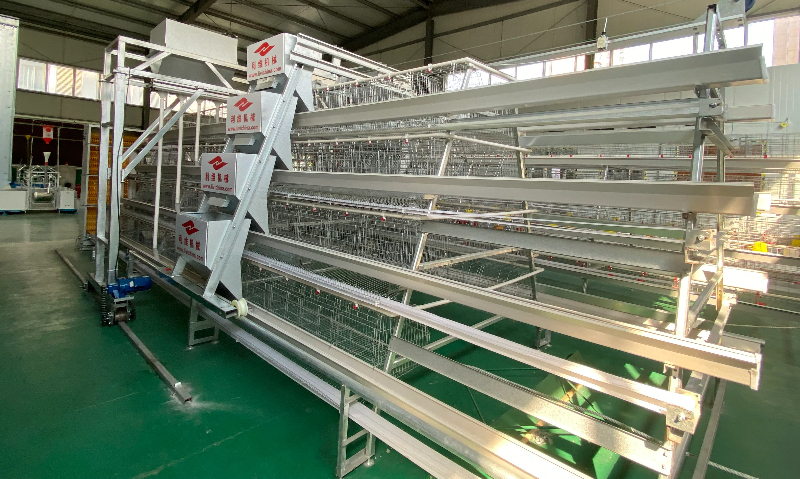
Environment Maintenance
After laying hens are placed in cages, their original growth environment should be maintained to avoid stress responses caused by sudden environmental changes, including maintaining appropriate temperature, humidity and ventilation conditions, ensuring air circulation in the chicken house, and minimizing the accumulation of harmful gases.
Health Checks
Perform comprehensive health checks on the chickens before caging to identify and address any potential health issues, such as diseases or malnutrition. Regular health checks help detect problems early and take corrective measures to ensure the flock’s health and productivity.
Continuous Monitoring
Once in the cage, the birds are continuously monitored to observe their behavior, eating, drinking, and excretion patterns. Early detection of stress or health issues allows for timely adjustments in management measures, such as changing feed formulations or improving the environment, to ensure that the birds adapt to the new environment and maintain high production capacity.
Livi is a manufacturer of poultry cages, especially laying hen cages, specializing in the research and development, production, sales, installation and after-sales service of cages. The main products are: laying hen cages (including brooding, laying hens, broilers, laying ducks, meat ducks), automated breeding equipment, free-range chicken houses, fully automatic egg collection equipment, fully automatic feeding systems, manure cleaning series, farm intelligent environment controllers, and fans, water curtains, manure removers, hot air furnaces and other breeding equipment.
The cages produced by our company have the characteristics of reasonable structure, stable performance, and durability. The laying hen cages adopt hot-dip galvanizing surface treatment technology, and the normal service life of the equipment is more than fifteen years.




